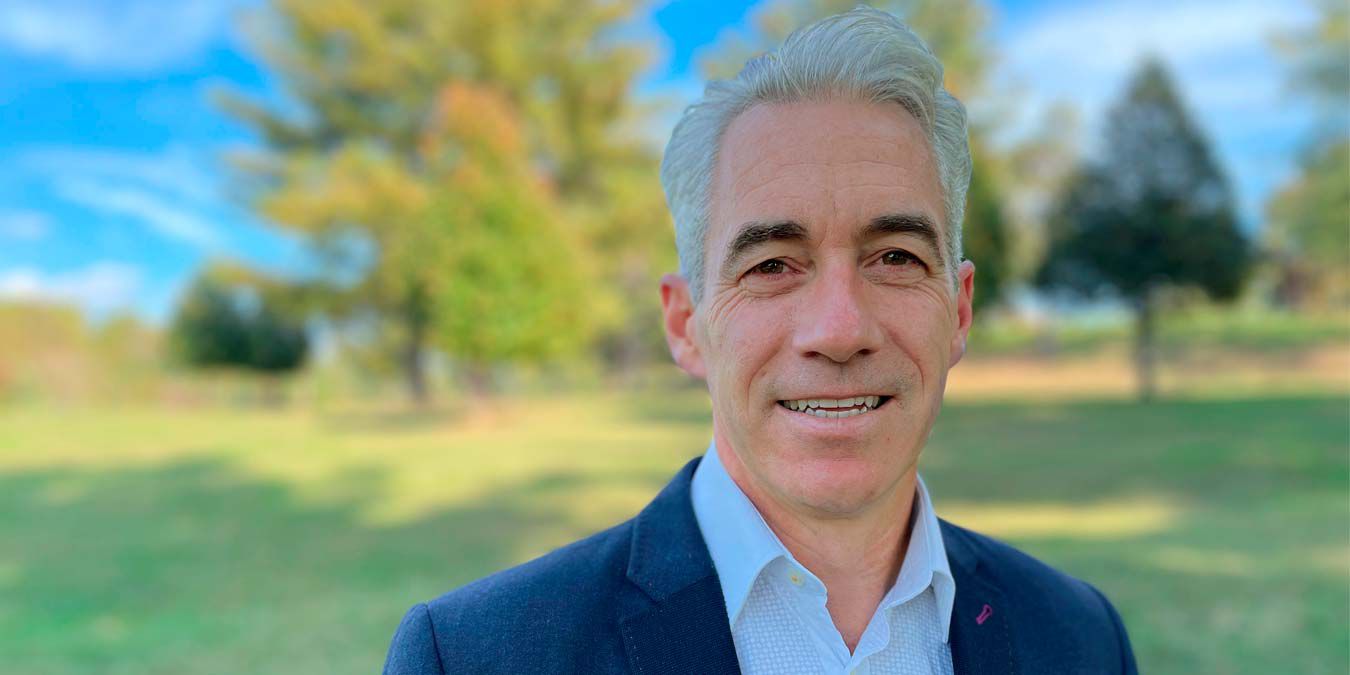By John Donnelly
Spanning a career of more than 25 years, Peter Cashion has never seen as much innovation in green financing as he does today. Cashion, chief investment officer and global head of climate finance at IFC, is responsible for developing and executing a global strategy to reduce greenhouse gas emissions by tapping IFC's balance sheet and leveraging capital markets to finance green investments. In this interview, which is edited for length and clarity, he talks about current and future trends in green financing.
Q: What are the big trends that you see now in green finance?
A: We’re seeing a lot of product innovation, particularly in capital markets. The initial start for climate bonds was green bonds, and IFC played a pivotal role in that dating back to 2010. That product has really taken off in emerging markets. What we’re seeing now is the advent or development of several new capital markets, including blue bonds, which apply to areas such as clean water, ocean-friendly products, and sustainable shipping. A second trend is the increase in sustainability-linked bonds.
Q: What are your biggest challenges today?
A: The main challenge is creating enough investable deals to meet the climate finance needs. We estimate there is $23 trillion of potential climate finance investment over the next 10 years. Traditional funding sources in emerging markets likes banks and government cannot meet this need. So the challenge is to bring capital markets investors to fill this financing gap. A key for this is to create these capital markets and also tap into blended finance to create more investable deals.
Q: What do you see as the next frontier in green finance?
A: The next frontier has to be creating more investable projects to finance and attracting new capital market players into this area.
To effectively transition to a green economy, we can’t simply rely on banks and Development Finance Institutions (DFIs). The need is going to outstrip banks and DFIs. We will need to tap into the institutional investment universe, which has 900 times more funding available than the development finance institutions. DFIs play a role not just on our own balance sheet, but we can really expand our impact by building the foundation of capital markets in the countries where we work.
Q: What’s it going to take to meet the Paris climate goals and what will be the role of green finance in reaching those objectives?
A: The analogy I give is that to combat climate change it’s going to take a World War II type effort. All the world’s resources have to be devoted to this fight. That is the kind of global shift that will be required. It’s kind of a fitting analogy since the World Bank Group was born out of World War II - we first worked on the reconstruction of Europe, and then moved to the mission of poverty reduction. But I believe when the history of the World Bank Group is written, the biggest impact we will have will be on addressing climate change.
To impact climate change, three things are important: political will, technology, and money. What we control at the World Bank Group is the money. We have almost unlimited money because we can borrow, because we can tap the capital markets with a strong balance sheet. The World Bank Group, and all DFIs, need to help fund this transition to the green economy, and that will lead to an economic revolution – perhaps the biggest of our time – but it must happen with great urgency.
Published in November 2021
